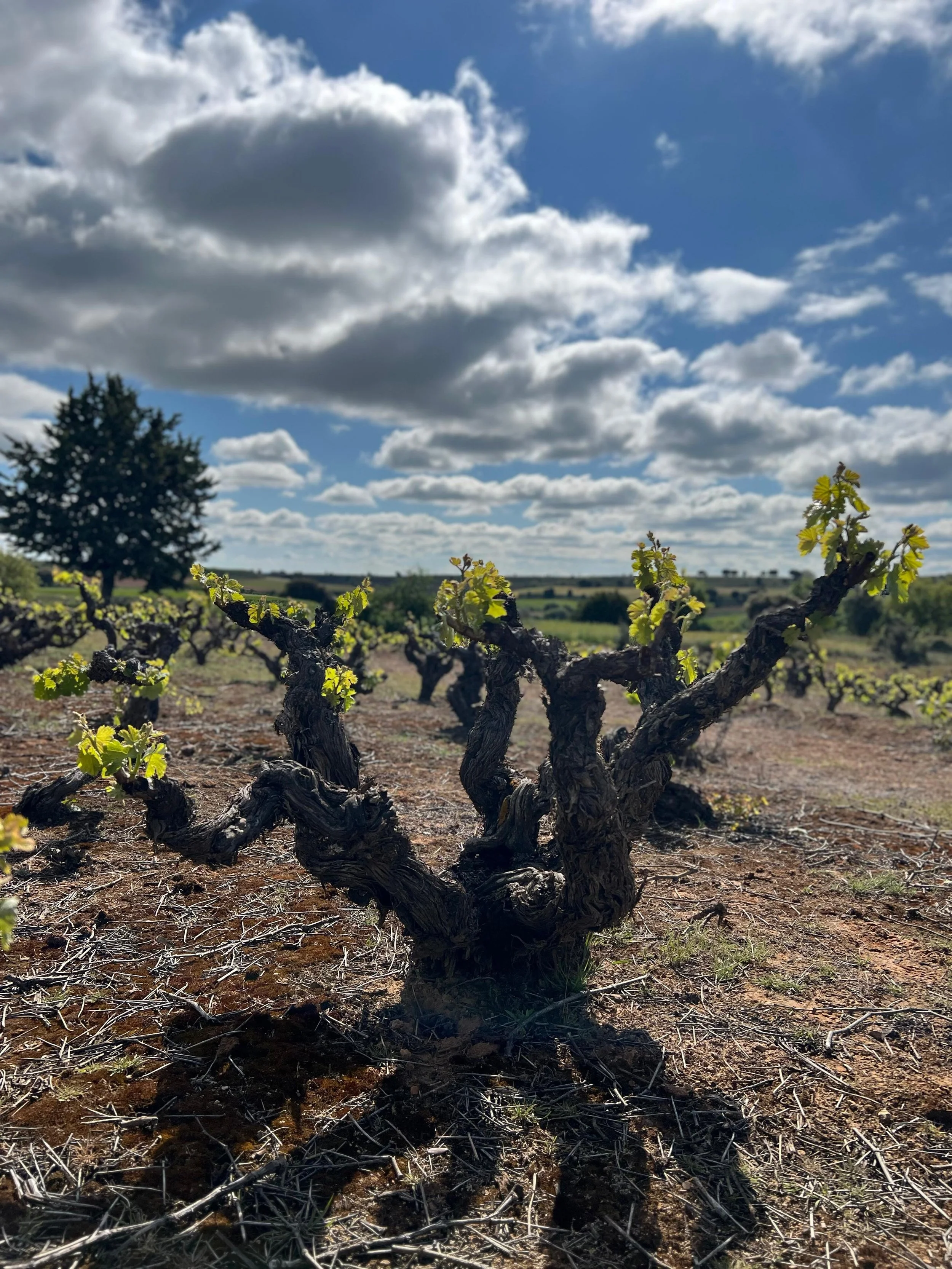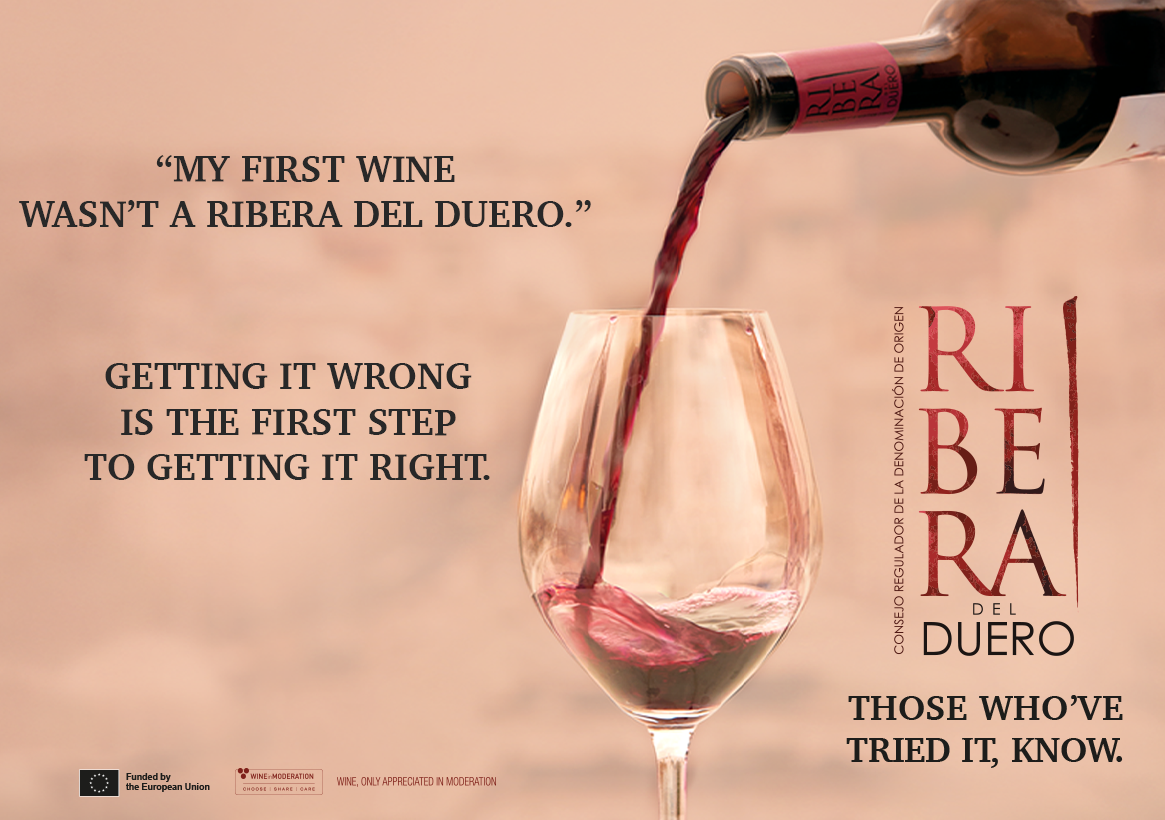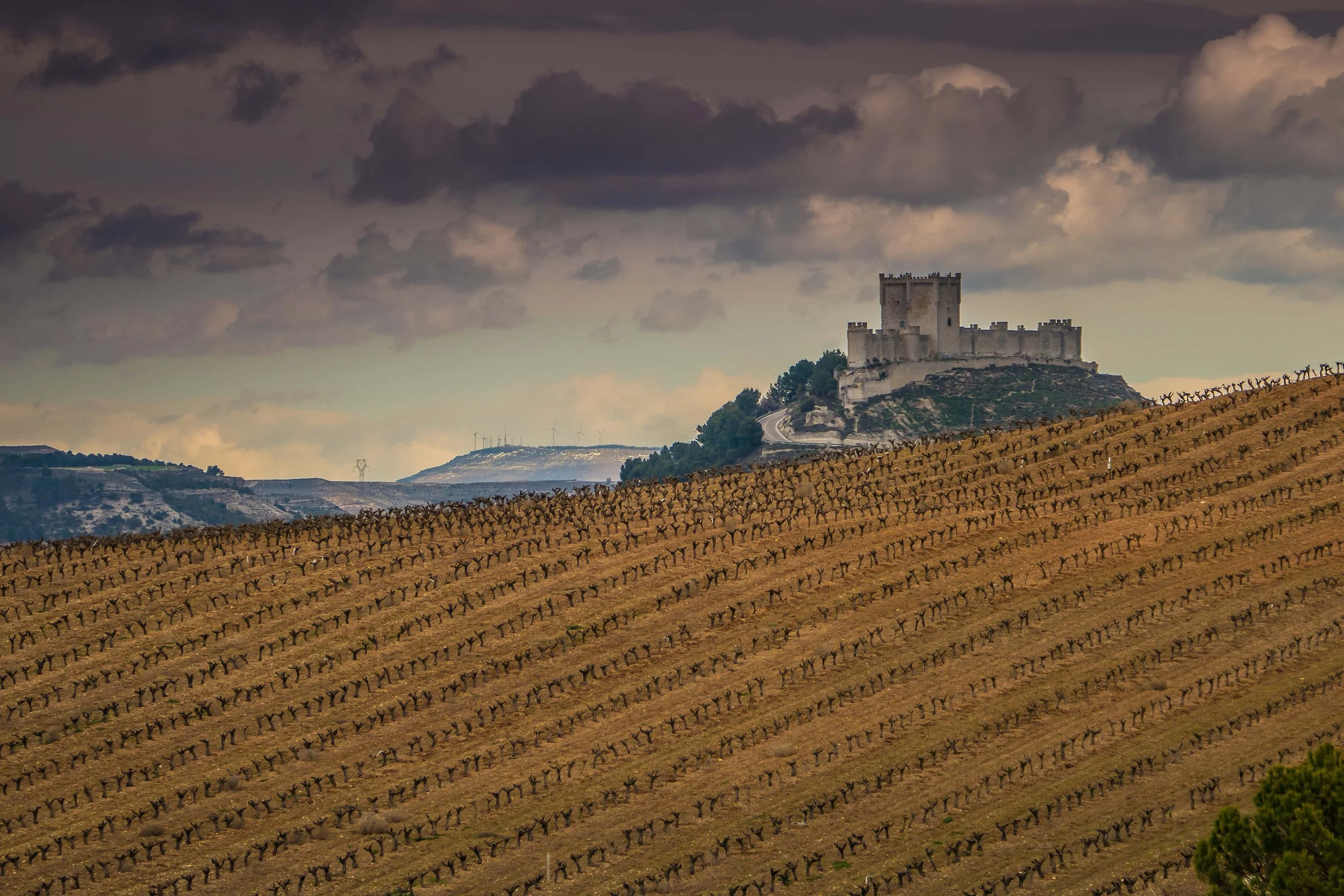Ribera del Duero: A Region in Motion
Photo: Consejo Regulador de la Denominación de Origen Ribera del Duero
Alberto Tobes Velasco, Head of Viticulture and Oenology at the Regulatory Council, Photo: Consejo Regulador de la Denominación de Origen Ribera del Duero
Ribera del Duero has long been known for its rich Tempranillo wines. Today, however, the region is showing a more nuanced face. Winemakers are experimenting with aging techniques, rediscovering native grapes, and exploring new food pairings, all while remaining rooted in the high-altitude terroir that defines their wines.
I had the chance to speak with Alberto Tobes Velasco, Head of Viticulture and Oenology at the Regulatory Council, who explained that the story of Ribera del Duero is one of adaptation:
“At Ribera del Duero, we strive for elegant, complex, and delicate wines, placing greater importance on the perfect balance between oak, terroir, and fruit. By placing so much emphasis on terroir and the fruit itself, there is an increasing tendency to ensure that the oak is perfectly integrated into the final result, increasing its complexity and elegance.”
Oak and Elegance
Ribera del Duero
Oak aging has always been central to the Ribera style, but the way it is used is evolving. For decades, the classic model, new oak in 225-liter Bordeaux barrels, produced the region’s muscular reds. Today, however, there is more variety.
Photo: Consejo Regulador de la Denominación de Origen Ribera del Duero
“Each winery has its own production techniques, which include one type or another of oak, more or less new and in smaller or larger volumes, ranging from 225-liter Bordeaux barrels to large oak vats,” Tobes says. “We strive to optimize the type of aging that the wine should receive in each season to combine the notes provided by the oak with the wine’s own aromas, since, depending on the vintage, the wine requires a different amount of oak to optimize its quality.”
In practice, this means that while some producers still aim for the power and structure that made Ribera del Duero famous, others are working toward a subtler style where fruit expression and elegance dominate.
The Rise of Albillo Mayor
Ribera del Duero has long been known for its rich Tempranillo wines. Tempranillo is still the heart of the region today. Most wines are made entirely from Tempranillo, although Albillo Mayor, Garnacha tinta, Cabernet Sauvignon, Malbec and Merlot are being planted to add new nuances and flavors.
One of the most exciting developments in recent years is the return of Albillo Mayor, the region’s native white grape. White wines were officially recognized under the DO in 2019, but many wineries had already been making them quietly for years.
Sponsored content from our sponsor Ribera del Duero.
“Several wineries have been producing white wines from the Albillo Mayor variety for more than two decades, which has allowed them to recognize their quality and potential”
“Albillo Mayor is a native variety that’s perfectly adapted to our conditions,” Tobes explains. “Several wineries have been producing white wines from the Albillo Mayor variety for more than two decades, which has allowed them to recognize their quality and potential. They are now demonstrating it, from young wines and especially for aging wines, which are elegant and complex, making them tremendously gastronomic wines.”
Albillo Mayor is also used in reds, where it adds softness and balance to Tempranillo.
“In reds, it has historically been used in conjunction with red varieties and provides smoothness, improves acidity, and imparts nuances on the nose that enhance their elegance and finesse,” Tobes says.
This double role makes Albillo Mayor an important part of Ribera del Duero’s identity, both as a grape of tradition and one of modern relevance. Together with Tempranillo, it shows how the region is staying true to its roots while also adapting to the future.
Work is also being done to study old varieties that once existed in Ribera del Duero before the DO was founded. The goal is to find grapes that can add even more depth and complexity to the wines.
Photo: Consejo Regulador de la Denominación de Origen Ribera del Duero
Looking Back to Move Forward
Innovation is not only about embracing new tools, but also about rediscovering the past. The Regulatory Council has launched a study into historical grape varieties planted before 1982, the year the DO was founded.
“We are studying the historical varieties that have proven over the decades to be well adapted to our region.”
“We are studying the historical varieties that have proven over the decades to be well adapted to our region,” Tobes explains. “But we want to verify their oenological value and as the study is not finished, we do not yet have any conclusions.”
The work could reveal forgotten varieties, adding another layer of complexity to the wines of the future. For now, it highlights Ribera del Duero’s commitment to both preservation and progress.
Photo: Consejo Regulador de la Denominación de Origen Ribera del Duero
Pairing Beyond Borders
Ribera del Duero wines may be born in Castilla y León, but their versatility is proving itself on the global stage. From Asia to the Americas, sommeliers and chefs are discovering how these wines can accompany far more than jamón and lamb.
“Ribera del Duero’s wines have been shown to match up well with a wide range of dishes from around the world,” Tobes says. “From China, Hong Kong, Mexico, the United States, Denmark, or Switzerland.”
“We strive for elegance, complexity, and balance. Ribera del Duero is always looking forward, but always with respect for where we came from”
He highlights Peking duck with hoisin sauce, Mapo tofu, and soy sauce chicken as Chinese dishes that shine with structured reds.
“These dishes go really well with a tasty Ribera del Duero because the warmth of the wine’s alcohol and the bitterness of the tannins are intensified,” he explains.
In Mexico, the sweet-and-spicy interplay of sauces is a natural fit. In Denmark, game dishes such as stag pair seamlessly with a mature Gran Reserva:
“The tertiary aromas of forest complement the rich, deep flavors of these meats and their sauces,” says Tobes.
And in Switzerland? “Fried perch fillet and potato Rösti go amazingly with Ribera del Duero’s bright rosé wines,” he notes.
Photo: Consejo Regulador de la Denominación de Origen Ribera del Duero
The 2024 Vintage
Alberto Tobes Velasco, Head of Viticulture and Oenology at the Regulatory Council, Photo: Consejo Regulador de la Denominación de Origen Ribera del Duero
Every year adds a new chapter to Ribera del Duero’s story, and 2024 was no exception. A mild winter gave way to a warmer spring marked by frost and hail, followed by a hotter, drier summer and heavy autumn rains. The challenges reduced yields, but the wines are already showing promise.
White and rosé wines from the vintage are aromatic and fresh, while reds lean lighter and more balsamic, with notable complexity. Variation across terroirs and harvest timing has created a mosaic of styles within the same year.
“Depending on the vintage, the wine requires a different amount of oak to optimize its quality,” Tobes reminds us, a statement that resonates especially with 2024, where adaptability was key.
Ribera del Duero continues to balance tradition and modernity. The region’s evolution is not about abandoning its roots, but about broadening its palette of expressions.
As Tobes sums it up:
“We strive for elegance, complexity, balance, fruit and terroir. Ribera del Duero is always looking forward, but always with respect for where we came from.”









